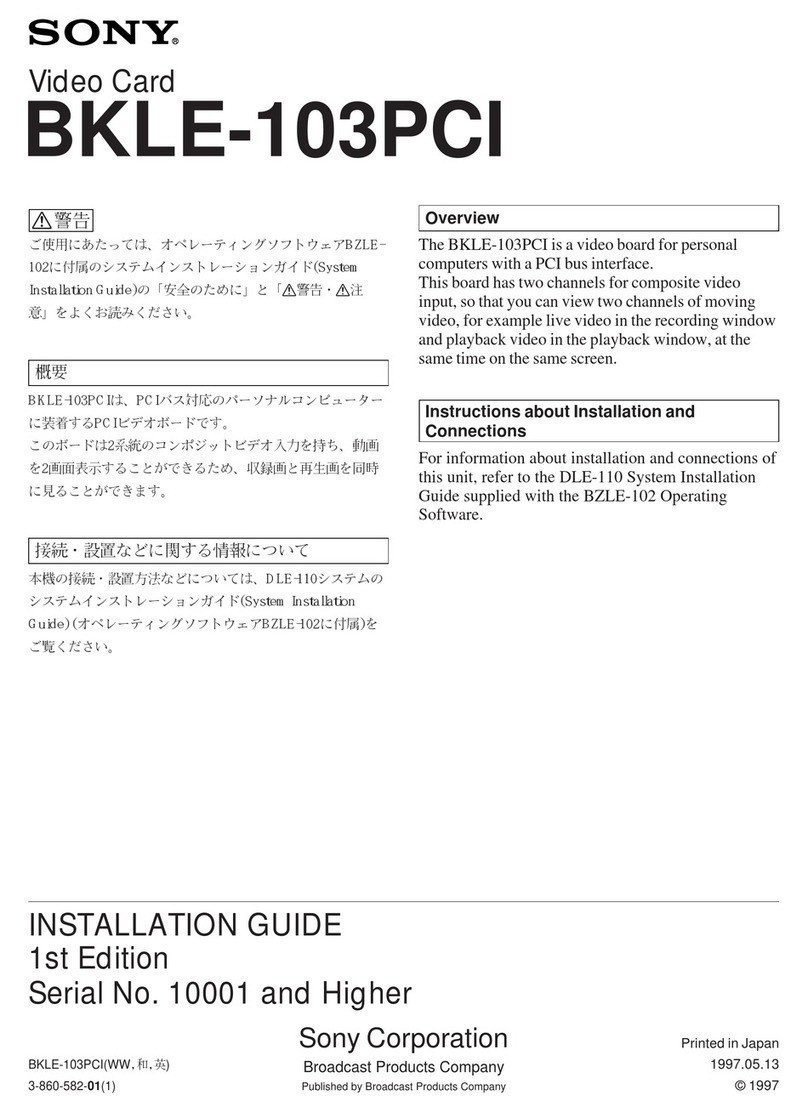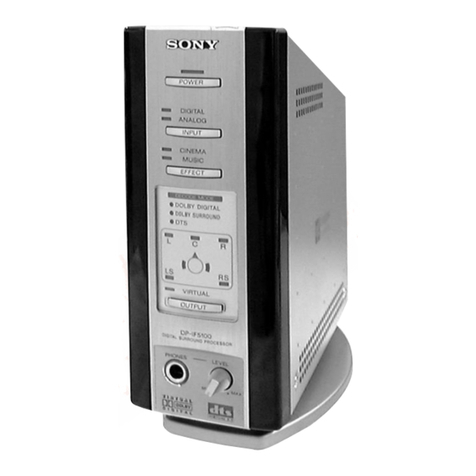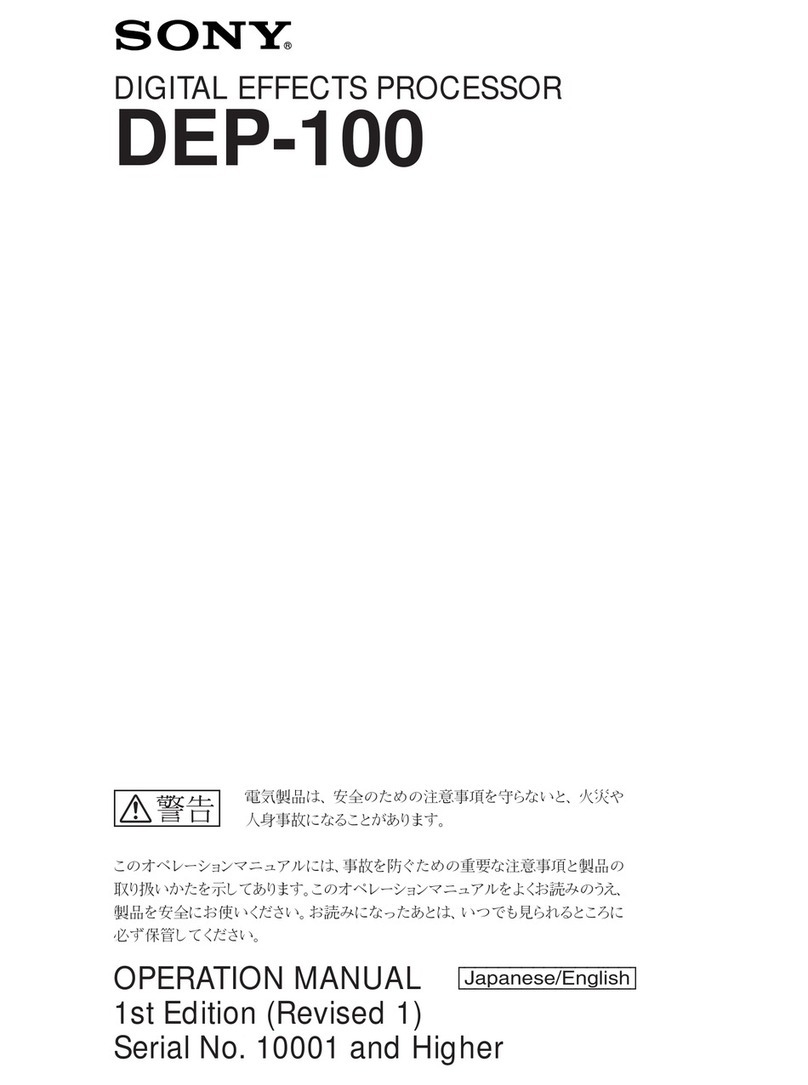Sony SVT-RS1A User manual
Other Sony Computer Hardware manuals
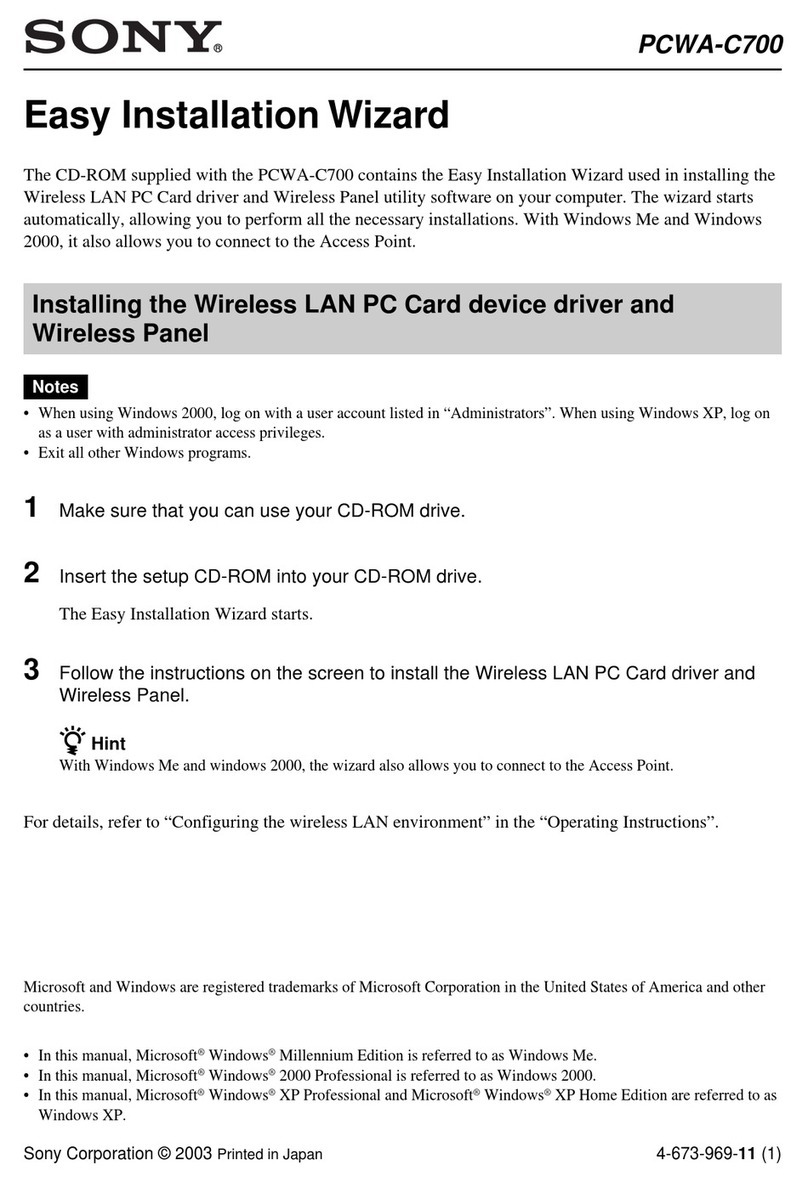
Sony
Sony PCWA-C700 - Wireless Lan Dual Pc Card Datasheet

Sony
Sony BPU-4500 User manual

Sony
Sony PCM-1630 User manual
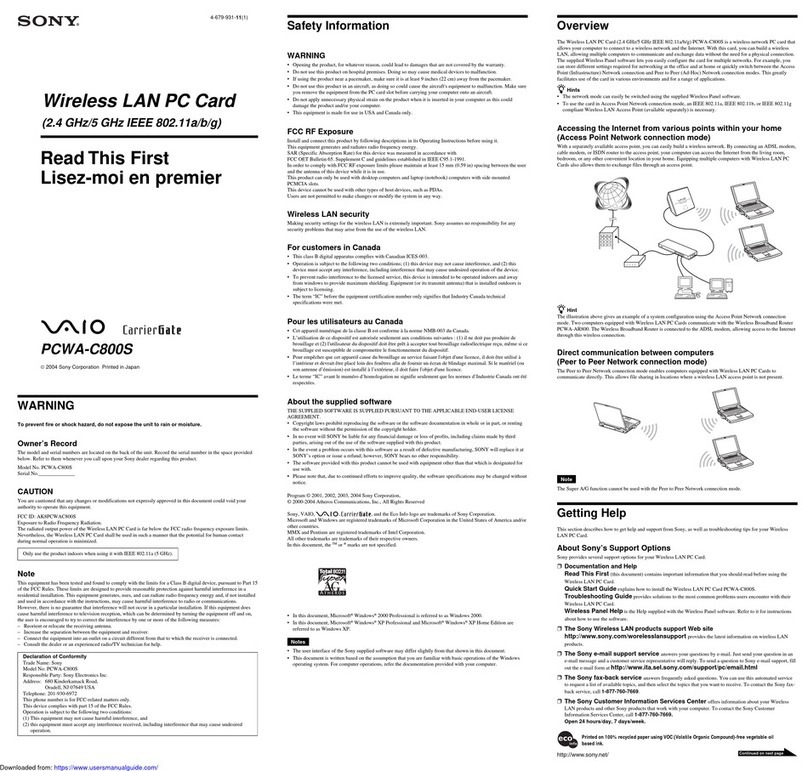
Sony
Sony VAIO PCWA-C800S Instruction sheet
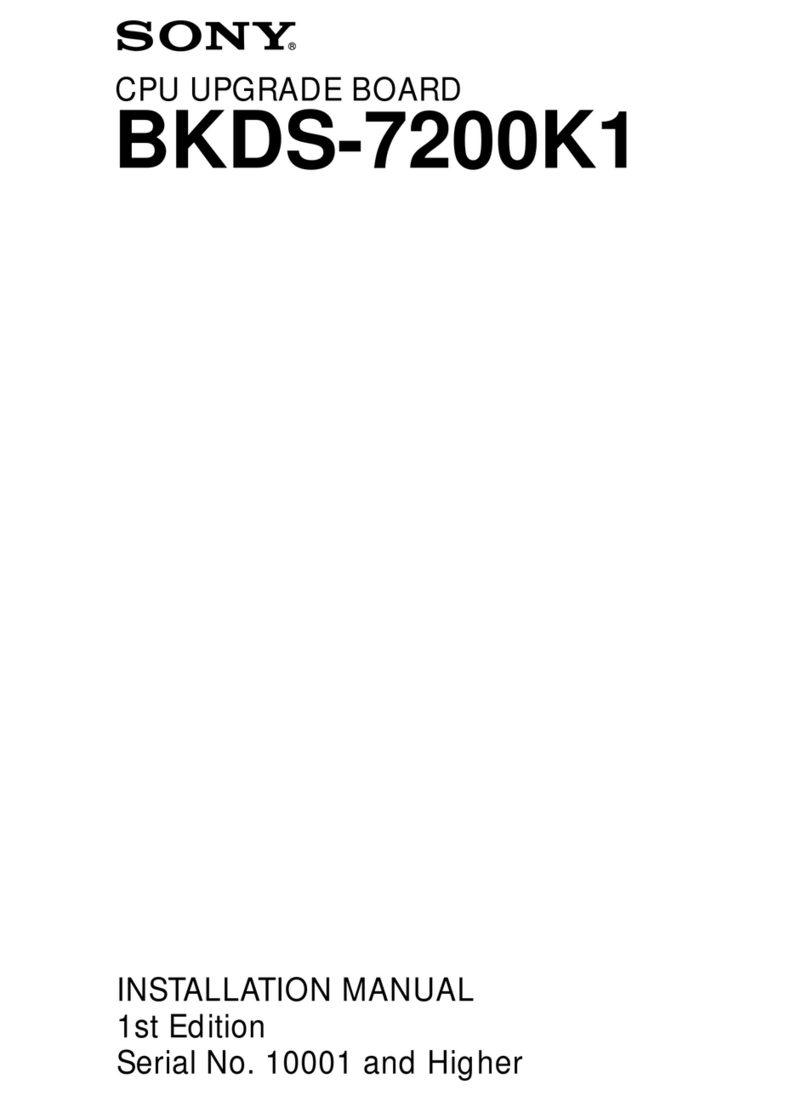
Sony
Sony BKDS-7200K1 User manual
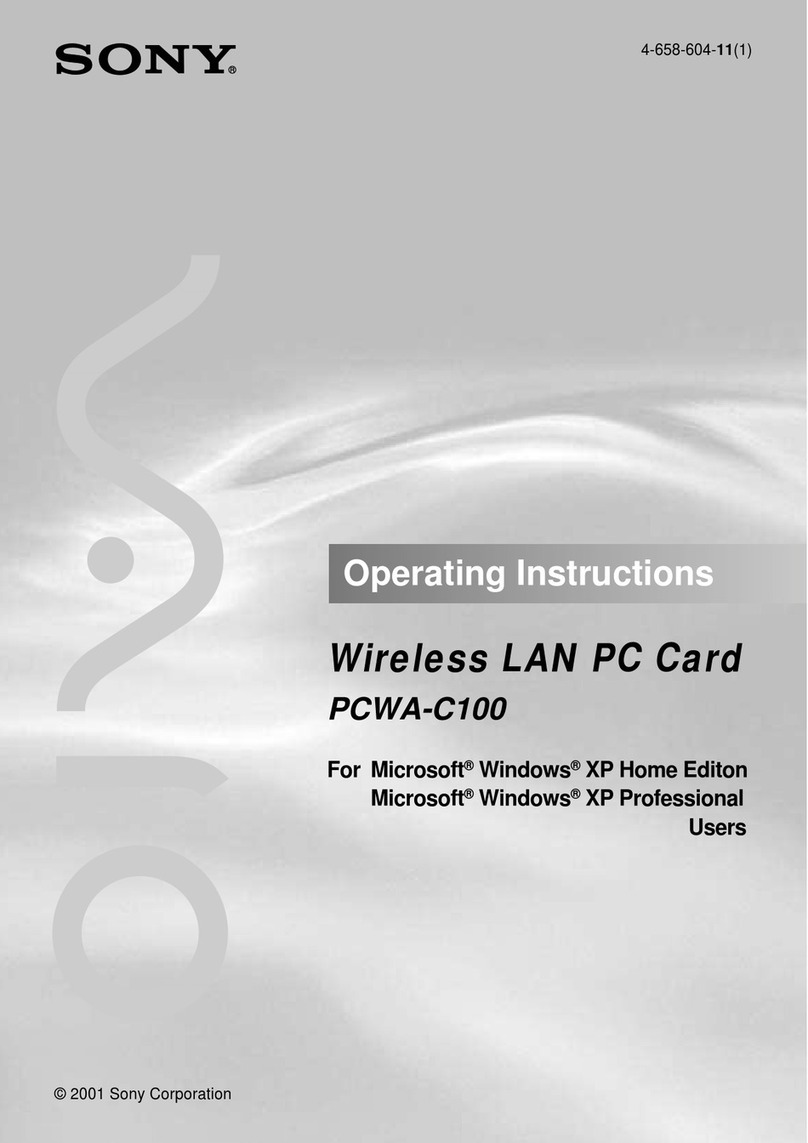
Sony
Sony PCWA-C100 User manual
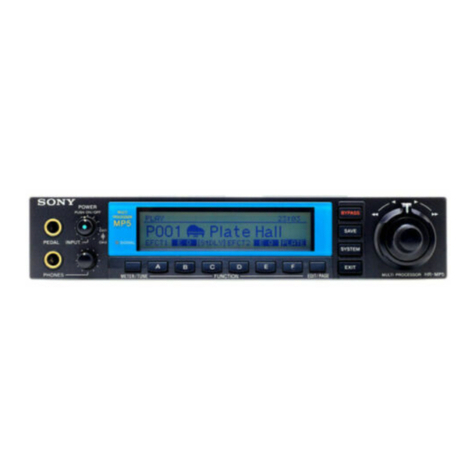
Sony
Sony HR-MPS User manual

Sony
Sony HKSR-5103 User manual
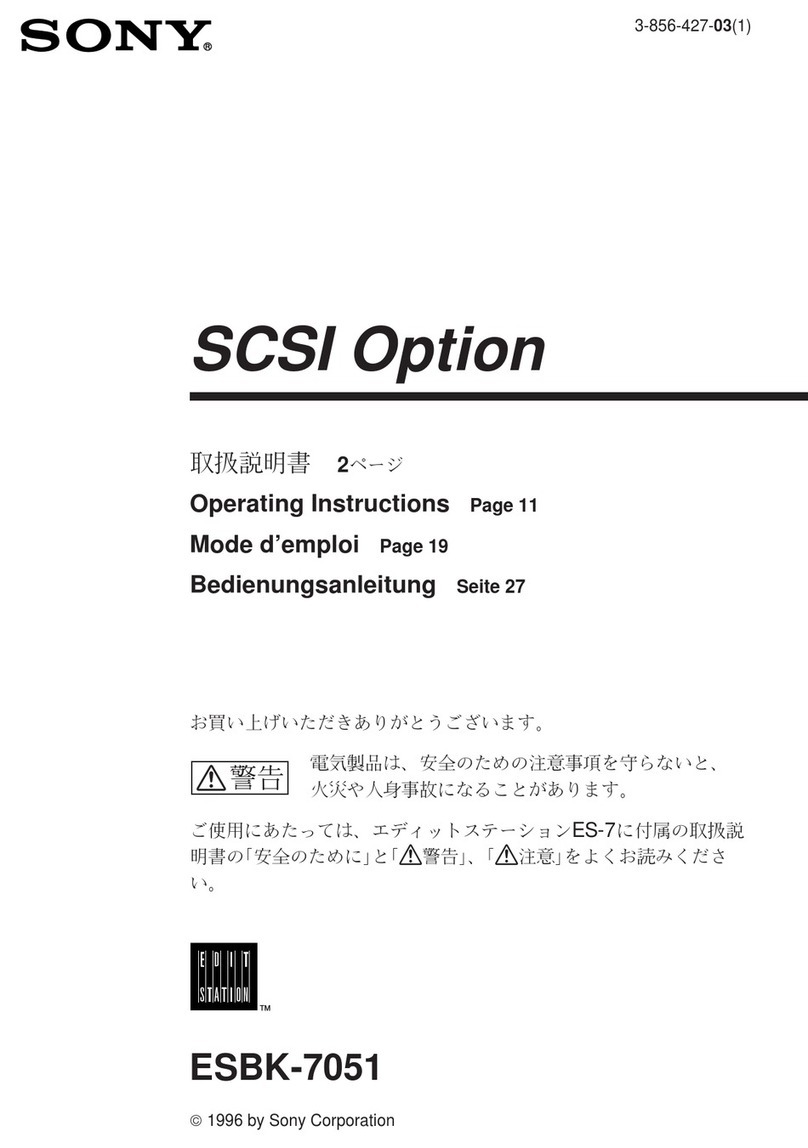
Sony
Sony ESBK-7051 User manual

Sony
Sony PCWA-C700 - Wireless Lan Dual Pc Card User manual
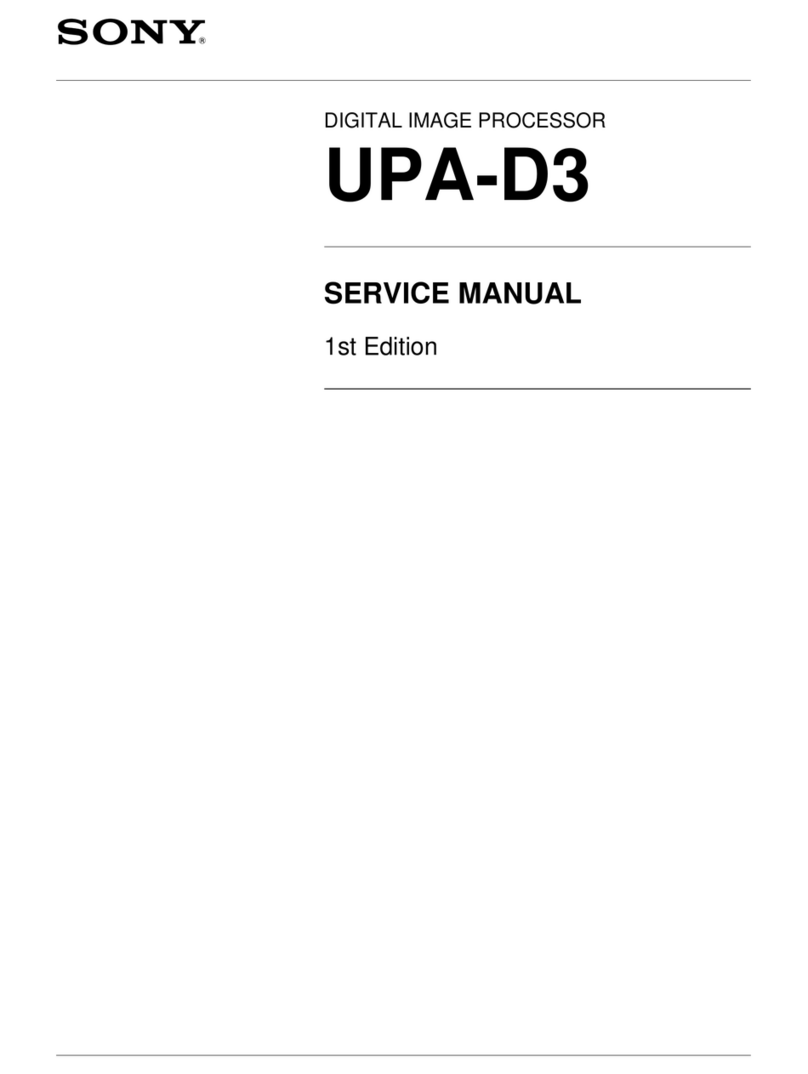
Sony
Sony UPA-D3 User manual
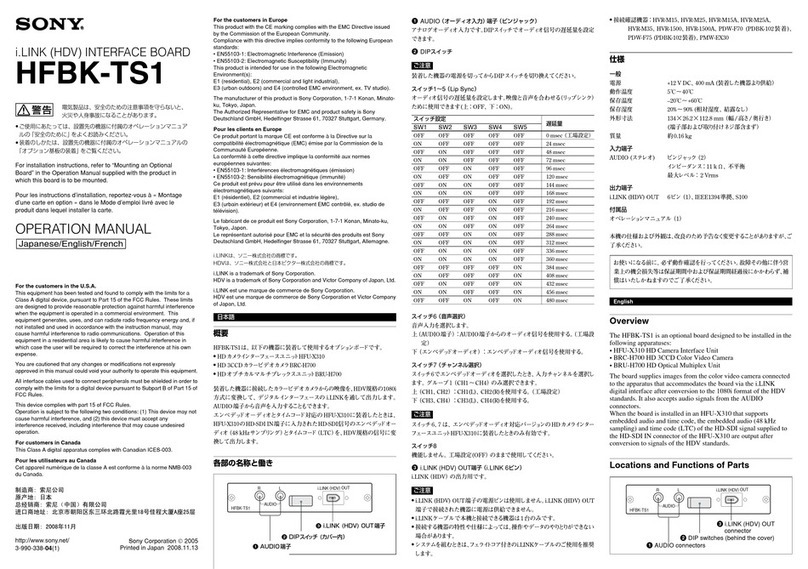
Sony
Sony HFBK-TS1 User manual
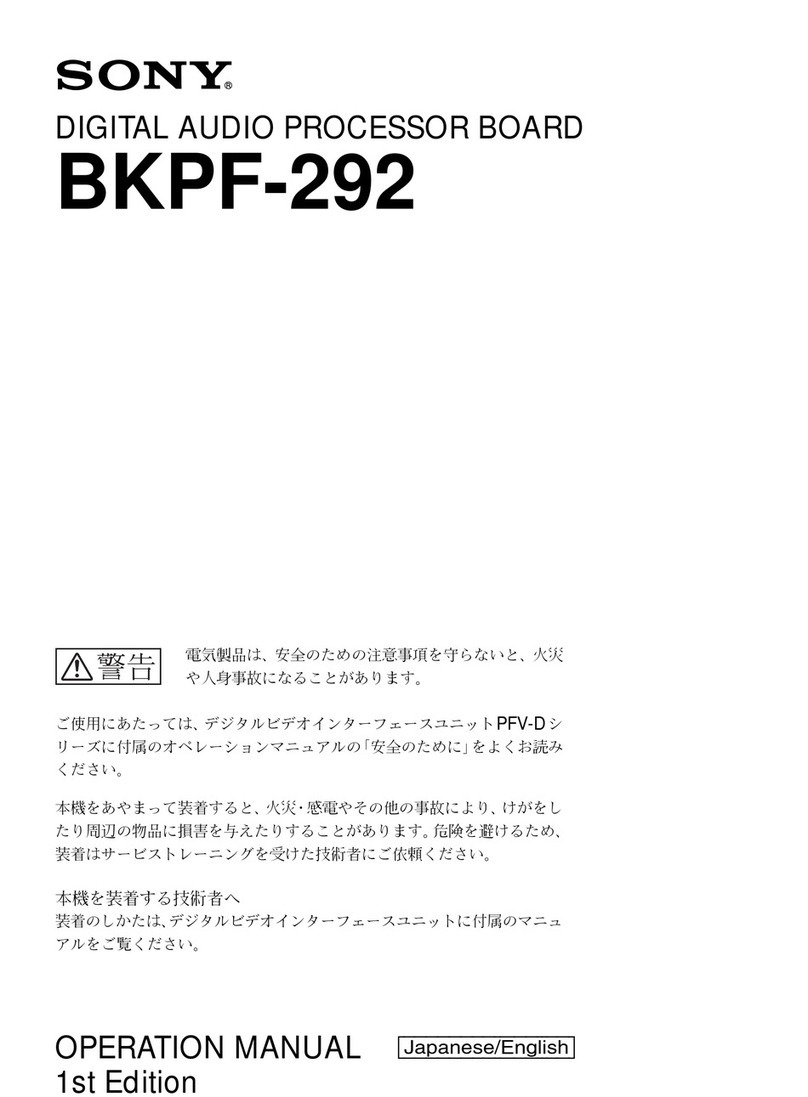
Sony
Sony BKPF-292 User manual
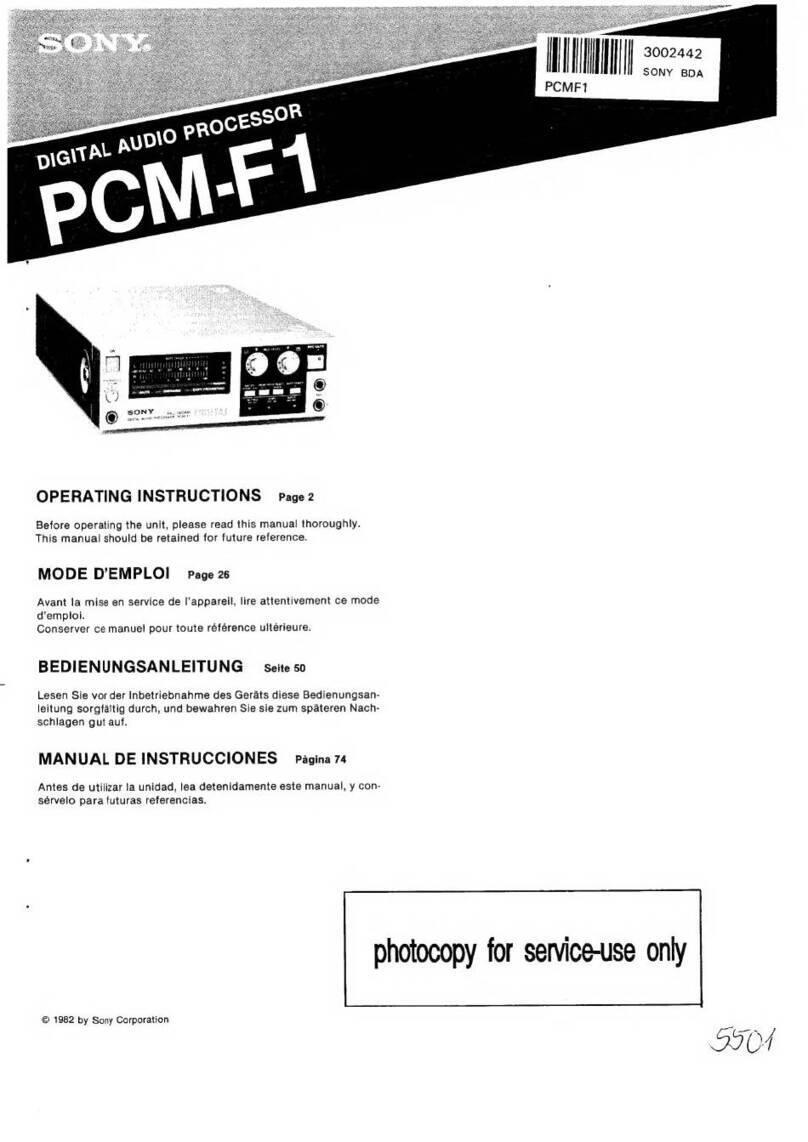
Sony
Sony PCM-F1 User manual
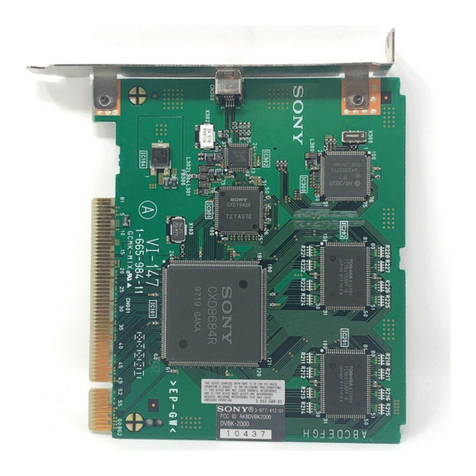
Sony
Sony DVBK-2000 User manual

Sony
Sony PCWA-C800S Read This First User manual

Sony
Sony PCWA-C100 User manual
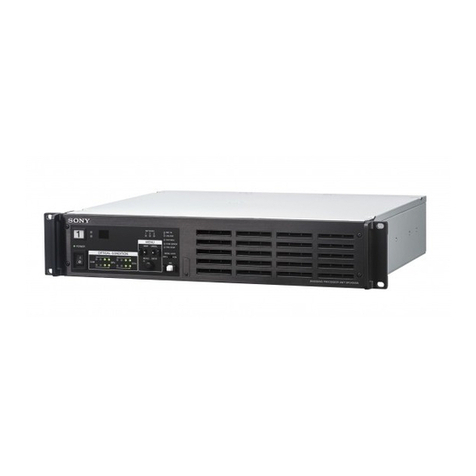
Sony
Sony BPU-4500A User manual
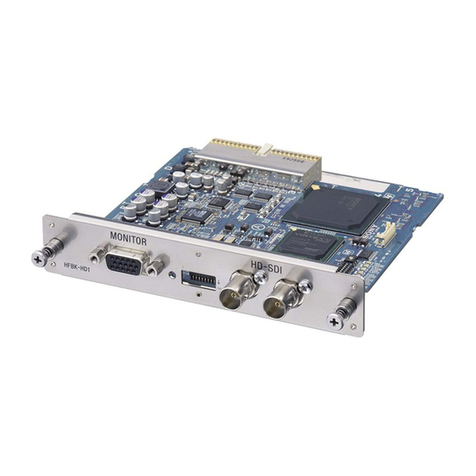
Sony
Sony HFBK-HD1 User manual
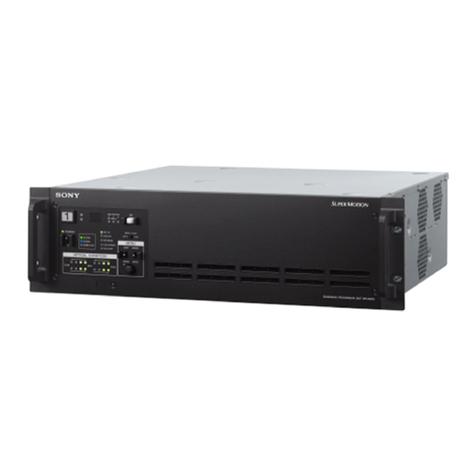
Sony
Sony BPU4800 User manual
Popular Computer Hardware manuals by other brands

Toshiba
Toshiba TOSVERT VF-MB1/S15 IPE002Z Function manual

Shenzhen
Shenzhen MEITRACK MVT380 user guide

TRENDnet
TRENDnet TEW-601PC - SUPER G MIMO WRLS PC CARD user guide

StarTech.com
StarTech.com CF2IDE18 instruction manual

Texas Instruments
Texas Instruments LMH0318 Programmer's guide

Gateway
Gateway 8510946 user guide

Sierra Wireless
Sierra Wireless Sierra Wireless AirCard 890 quick start guide

Leadtek
Leadtek Killer Xeno Pro Quick installation guide

Star Cooperation
Star Cooperation FlexTiny 3 Series Instructions for use

Hotone
Hotone Ampero user manual

Connect Tech
Connect Tech Xtreme/104-Express user manual

Yealink
Yealink WF50 user guide
